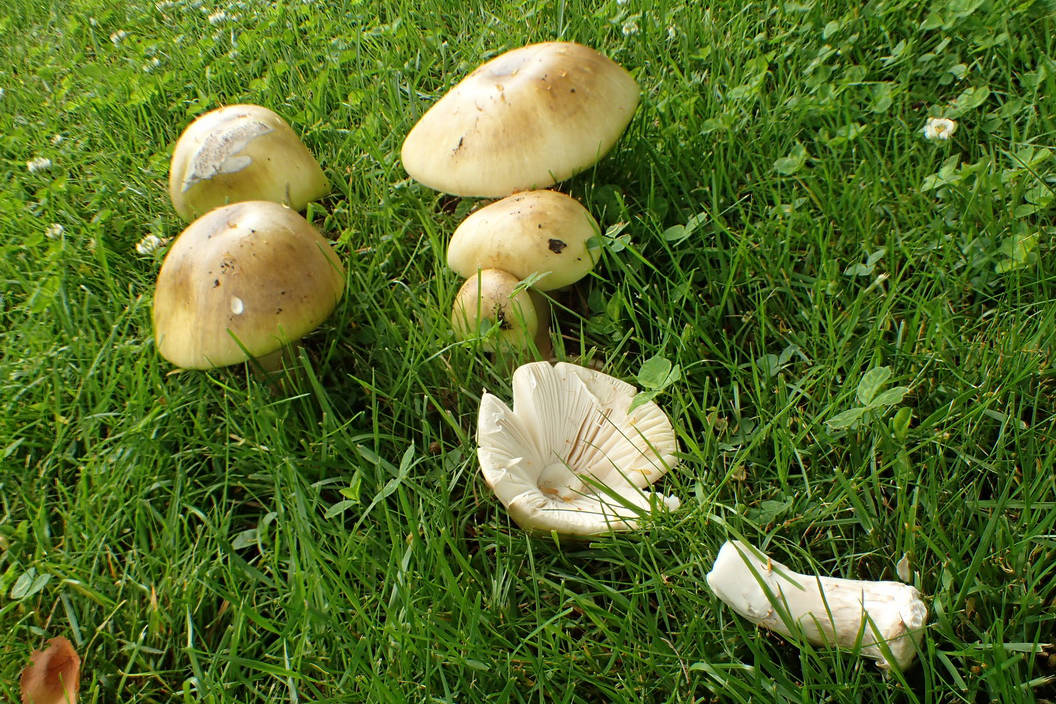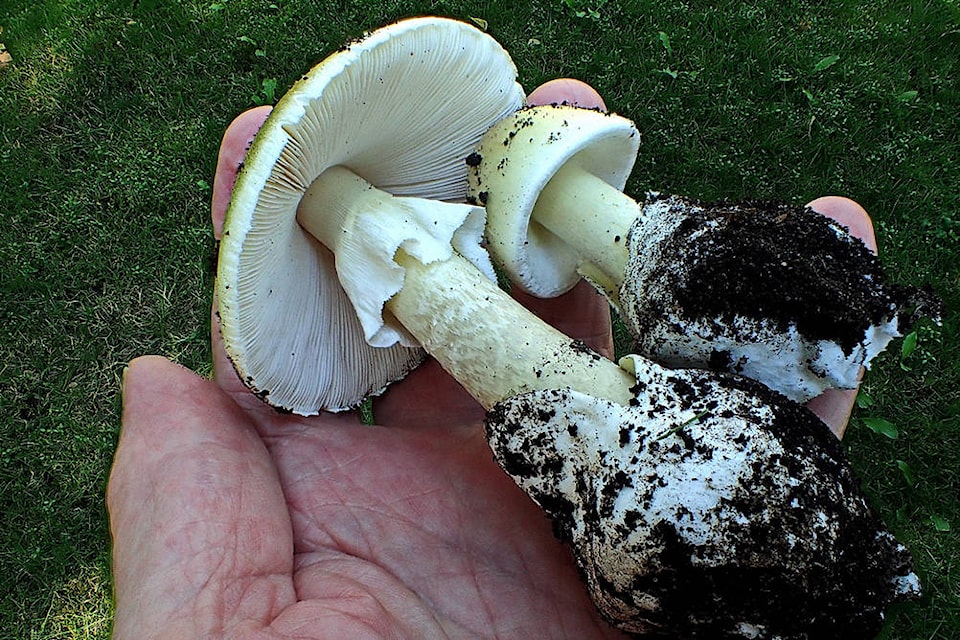Island Health is warning residents to be on the lookout after extremely toxic death cap mushrooms have made an early appearance in Greater Victoria.
While the Amanita phalloides mushroom usually fruits in the fall, some were spotted last week growing in the Uplands and Cedar Hill areas by the South Vancouver Island Mycological Society. It is likely the cause is from intense lawn watering, which may cause the mushrooms to grow earlier.
RELATED: Victoria toddler dies after ingesting poisonous mushroom
If ingested these mushrooms can be fatal or cause liver and kidney damage. Back in 2016, a three-year-old Victoria toddler died after ingesting the mushroom. He was treated at Victoria General Hospital before being airlifted to a hospital in Edmonton for treatment. He later died in hospital.
“We are concerned about people with limited knowledge of poisonous and non-poisonous mushrooms. The differences can be subtle and even microscopic in some cases. Picking wild mushrooms should be left to people with significant expertise,” said Dr. Richard Stanwick, Island Health’s chief medical health officer, in a statement.
He warned “poisonous mushrooms, such as the death cap, can be found in both urban and rural areas.”
RELATED: Experts warn mushroom pickers to be careful after deadly variety found in Oak Bay
This mushroom is not native to Canada and typically grows in cities under various species of imported trees such as beech, hornbeam, chestnut, English oak and others. But death cap mushrooms have also recently been discovered growing with native Garry Oak trees.
Death cap mushrooms are ordinary in appearance. They are mainly white, with a white or yellowish stem, a cap that ranges from yellowish-green to light brown that is round when young and flattens with age.
RELATED: Toxic mushrooms thrive in Oak Bay
The B.C. Centre for Disease Control and the Poison Control Centre chair a working group on this species to help inform municipalities, health authorities and the public about its risks. For more information, visit bit.ly/2mqC9eG.
Sightings of death cap mushrooms can also be reported through the invasive species working group. Go to bit.ly/2mq9jel for more information or download the B.C. invasive species app.
Like us on Facebook and follow us on Twitter

